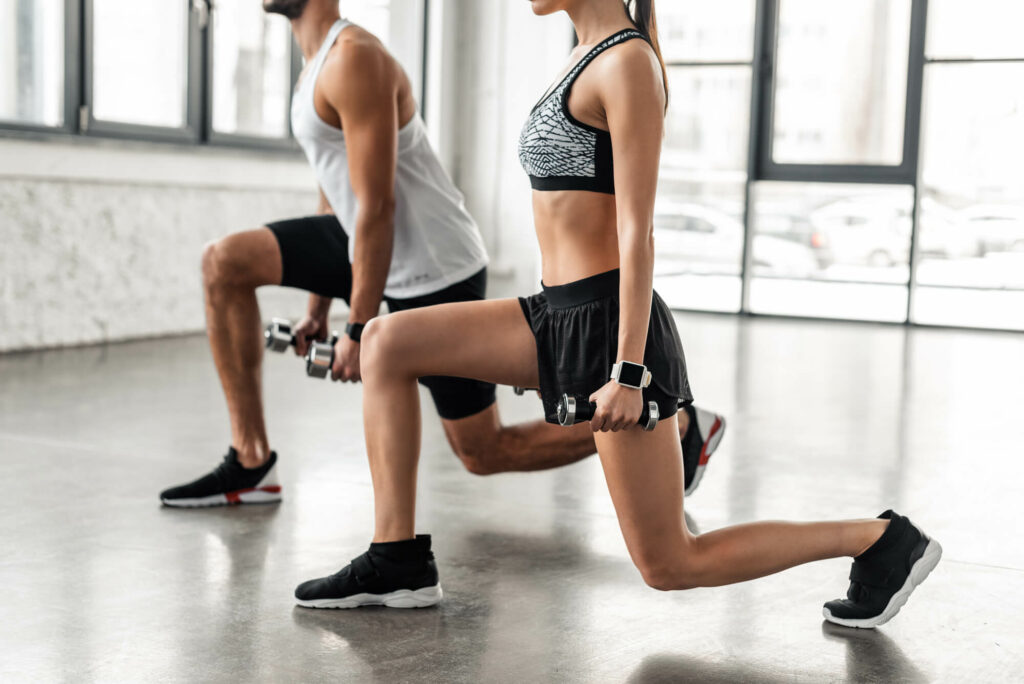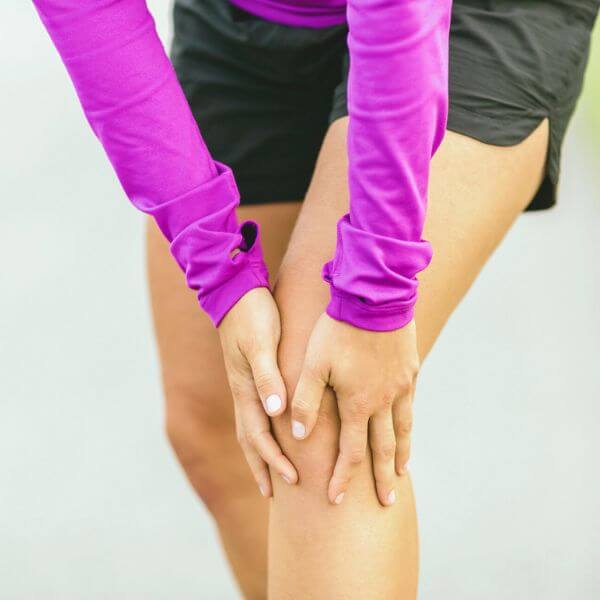As we rush from task to task, it’s easy for self-care to fall by the wayside. But neglecting our physical needs often comes back to bite us in unexpected places – like ongoing knee issues, for example. Between long desk shifts and weekend projects, joints can become stiff, creaky and sore until basic tasks feel like a chore.
But simple adjustments can make a world of difference. While drastic life overhauls aren’t always realistic, even small shifts in daily habits yield benefits if done consistently. Let me share a few no-fuss techniques I’ve picked up over years of physiotherapy practice which are perfect for squeezing into chaotic schedules. Hopefully they help you stay mobile and pain-free too!
Maintain Good Form
Just the other day, one of my patients learned the hard way that imperfect squats can wreak havoc. “One day my right knee just collapsed during a walk,” she recalls. “Turns out I relied too heavily on that side for months.” Proper technique prevents injuries by distributing workload evenly. Pilates or the Alexander Technique teach controlled motion that’s gentle on joints long-term.[1],[2]
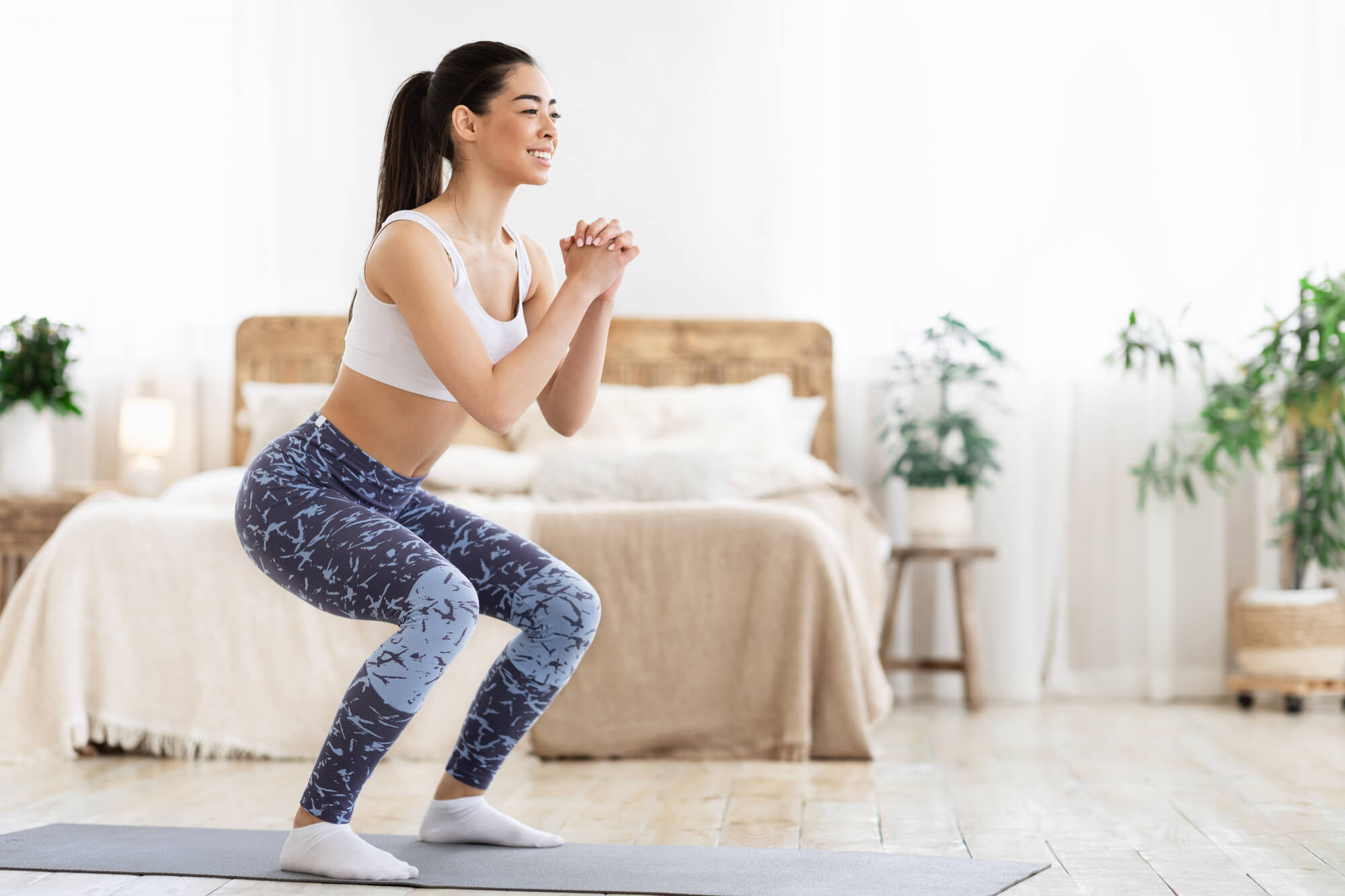
Self-Massage Makes Mobility Merry
While seated tasks rule my week, knotted hip flexors had me limping on weekends. Enter golf ball or spiky (egoscue) ball therapy! Rolling tight spots eases muscles better than any massage gun. I keep mine at my desk to knead out stresses between calls.[3],[4]
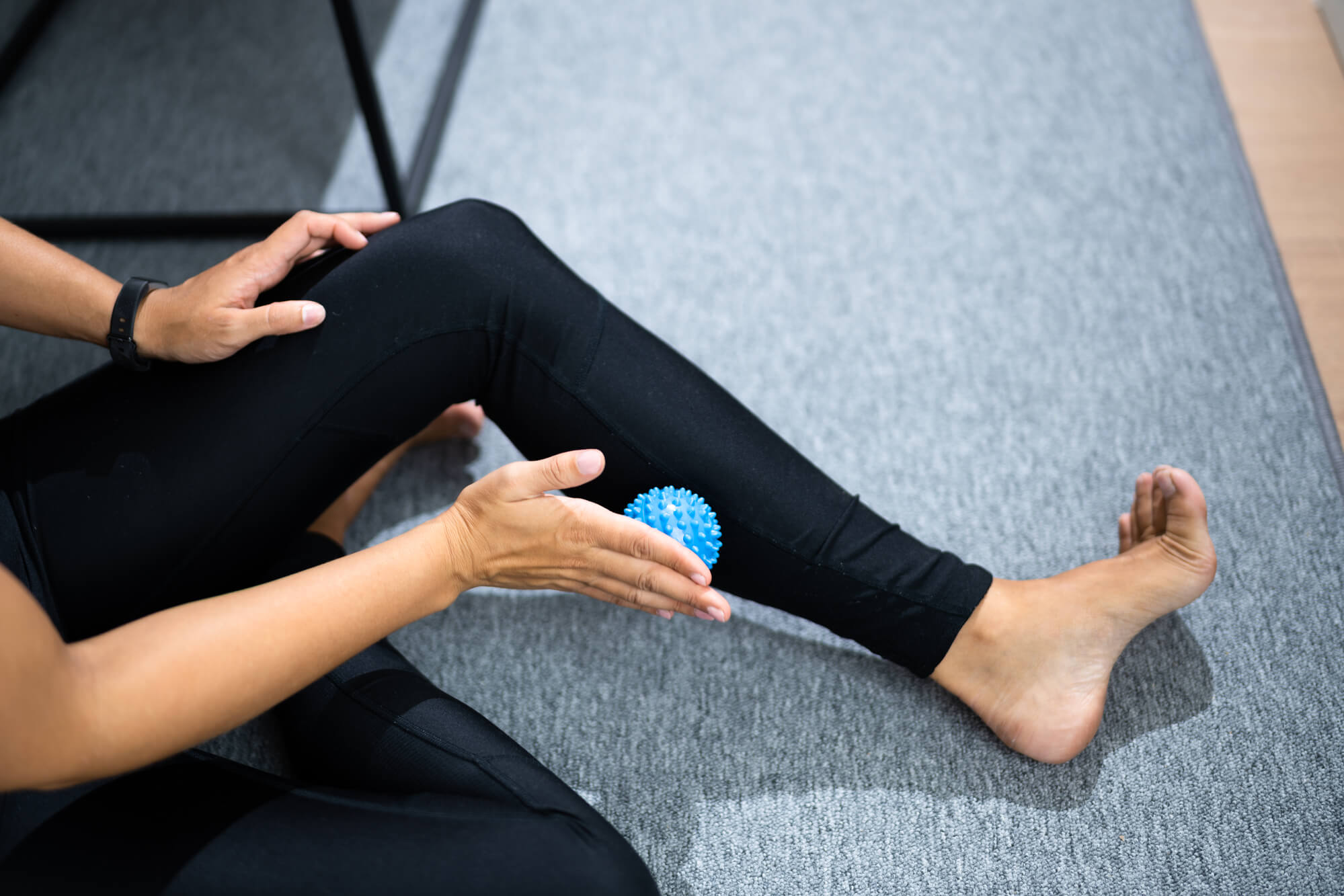
Catch ZZZs for Joints
All work and no rest primes us for pain. Downtime boosts natural painkillers and muscle recovery, but unwinding is an art form for busy folks. I like epsom salt soaks – the magnesium pulls tension from legs aching to relax. Foot stretches also prep my body for sleep while releasing tension.[5],[6]
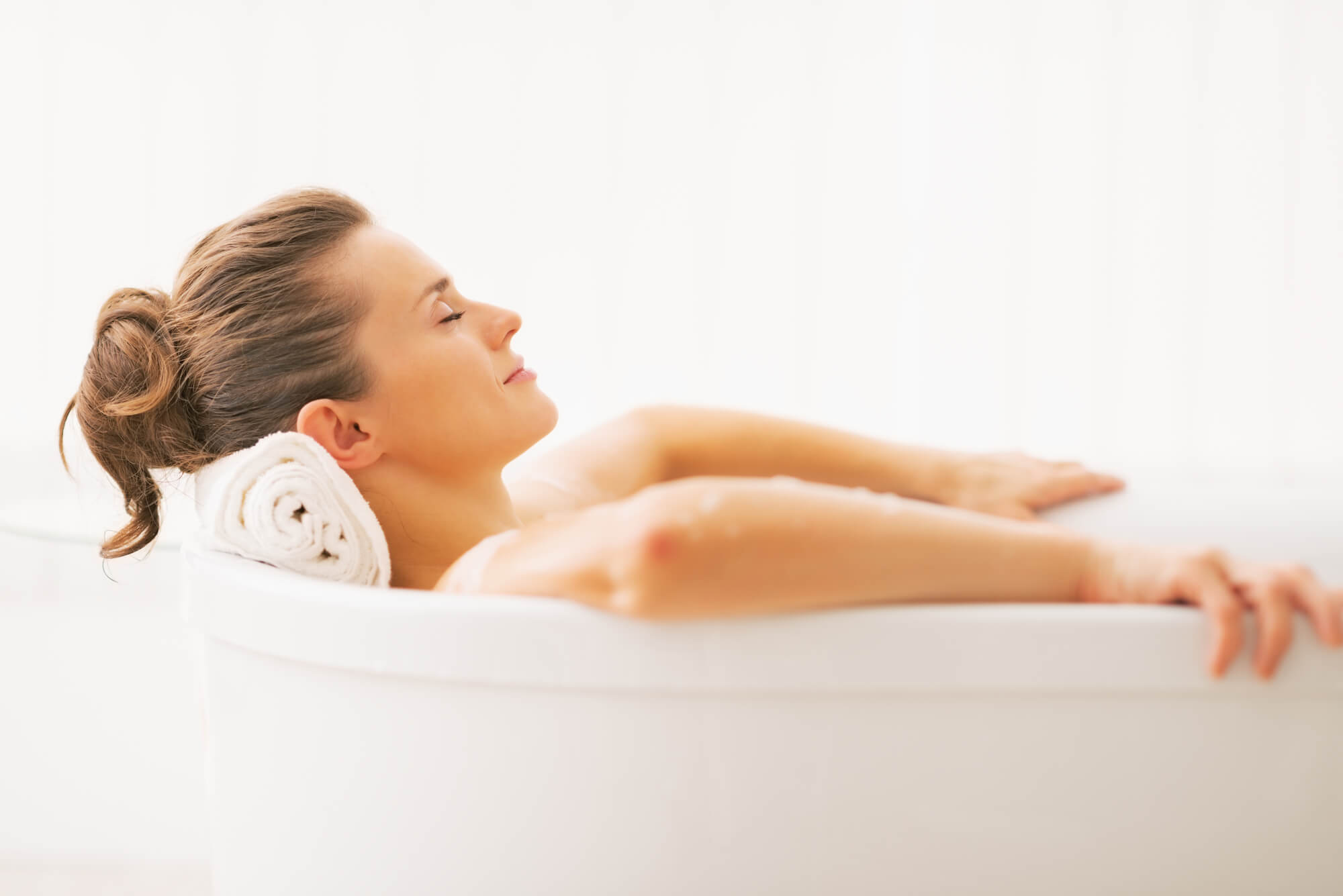
Retool for Resilience
After moving furniture one weekend, my back locked up stubbornly. It was time to challenge stability and proprioception lagging from stationary days. Decent resistance bands and a medicine ball address problem areas subtly but surely.[7],[8]
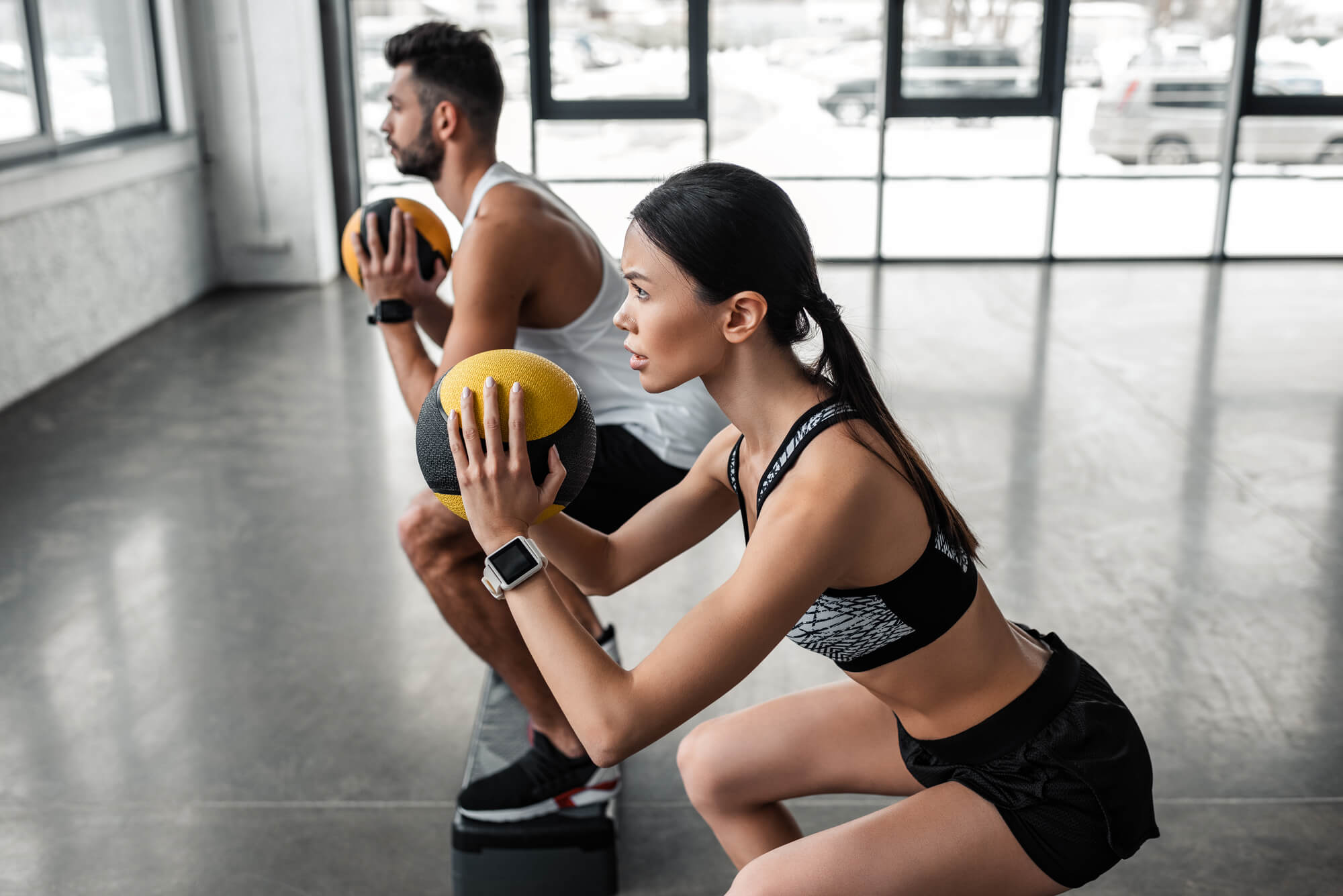
So whether tweaking exercise form, self-massaging, sleep practices or restoration techniques, I hope these nano-habits spark ideas to nurture your body without life upheaval. Small acts of care add up to huge rewards over time. Let me know if you have any other questions
REFERENCES
[1] Franklin BC, Van Den Heuvel AM, eds. Therapeutic exercise for lumbopelvic stabilization: a motor control approach for the treatment and prevention of low back pain. 2nd ed. Edinburgh; New York: Churchill Livingstone/Elsevier; 2008.
[2] Helene P, Ingrid W. Immediate Physiologic Effects of Superficial Heat Application in Healthy Volunteers. Phys Ther. 1995;75(2):122-129.
[3] Morse CI, et al. Influence of caffeine ingestion on the perception of effort and pain during submaximal exercise in humans. J Appl Physiol (1985). 2008 Nov;105(5):1598-604.
[4] Jay K, et al. Do stretching exercises increase range of motion in the short term in adults? A systematic review and meta-analysis. Br J Sports Med. 2014 Sep;48(18):1337-42.
[5] Brosseau L, et al. Management of knee osteoarthritis: systematic overview and metaanalysis. BMJ. 2008 Mar 15;336(7642):506-10.
[6] Takamata A, et al. Effects of changes in thermal environment on blood circulation and metabolism. Eur J Appl Physiol. 2008 Aug;103(1):87-93.
[7] Franklin et al., 2008
[8] Helene & Ingrid, 1995

